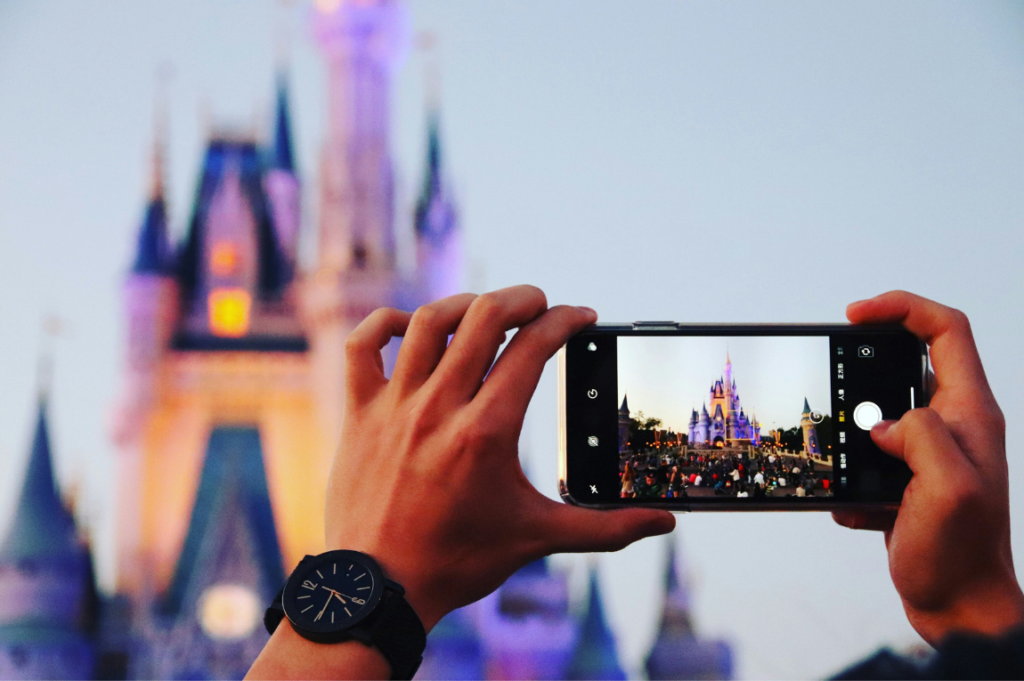Formula 1’s resonance across markets: Insights from the Habo IP Index

Intellectual properties (IPs) are widely used in the entertainment industry to broaden audiences and deepen fan engagement, and sports IPs are no exception. Increasingly, sports IPs are being leveraged beyond live events to create new experiences that connect with existing fans worldwide and attract new ones.
Orlando vs. Las Vegas: Key market trends of domestic visitors

Orlando and Las Vegas are widely recognized as top U.S. destinations in the entertainment and tourism sectors. In a recent article, Habo explored the impact of each city’s distinct entertainment offerings on tourism. The article highlights how international tourism in these destinations is driven by their entertainment offerings, with Las Vegas known for its strong gambling and nightlife scene, and Orlando for its extensive range of theme and attraction parks. Beyond these cities’ appeal to international visitors, both also rank among the most popular U.S. destinations among Americans.
Monetizing Sports IPs Beyond Live Events – The F1 Case

Intellectual properties (IPs) are widely used in the entertainment industry to broaden audiences and deepen fan engagement, and sports IPs are no exception. Increasingly, sports IPs are being leveraged beyond live events to create new experiences that connect with existing fans worldwide and attract new ones.
Deepening audience understanding: From segmentation to personas

Segmentation and personas offer complementary approaches to structure market analysis, refine activation strategies, and support decision-making—illustrated through a case study on Broadway audiences.
Exploring the key entertainment market dynamics of Orlando and Las Vegas

Orlando and Las Vegas are major entertainment markets driven by tourism. Visitor segmentation, competitive landscapes, and strategic positioning are key factors for producers entering these destinations.
New York vs. Los Angeles: How do these two entertainment giants compare?

New data from Habo reveals significant differences in paid entertainment consumption between Japan and Western markets. While 74% of Western consumers attended a paid entertainment activity in the past year, only 49% of the Japanese population did the same.
Understanding the cultural and market dynamics of entertainment in Japan and Western markets

New data from Habo reveals significant differences in paid entertainment consumption between Japan and Western markets. While 74% of Western consumers attended a paid entertainment activity in the past year, only 49% of the Japanese population did the same.
The rise of high-profile IPs and docuseries

By integrating market validation strategies early in the development process, filmmakers can position their projects more effectively within a competitive market, enhancing the likelihood of recognition and distribution for a broader array of stories.
Portrait of the NFT Art market

The NFT art market has rapidly emerged as a significant sector, challenging the traditional art industry and redefining the boundaries of artistry. Projected to generate US$119.8 million in revenue in 2024, NFT art has sparked widespread interest, attracting a diverse audience while igniting debates on the materiality of art and the evolving definition of what constitutes artistic value.
Connecting with Gen Z through IPs

Our research revealed that Gen Z and Millennials are the most attached to top US IPs. On average, 16% of Gen Z identify as fans of these IPs, compared to 2% for the Silent Generation and 3% for Baby Boomers. Despite being created before they were born, these IPs resonate strongly with them, often due to nostalgia and emotional connection.